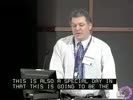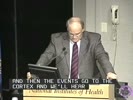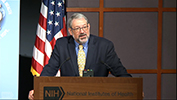Evolution of Sleep and of Cerebral CortexLoading... Loading video... 437 Views
Related Videos... |
VideoCast Downloader

Evolution of Sleep and of Cerebral Cortex
Download VideoCast
You can download this VideoCast and play it on your device. There are multiple sizes available for you to choose from.
Download caption text
You can download caption text of the VideoCast.









